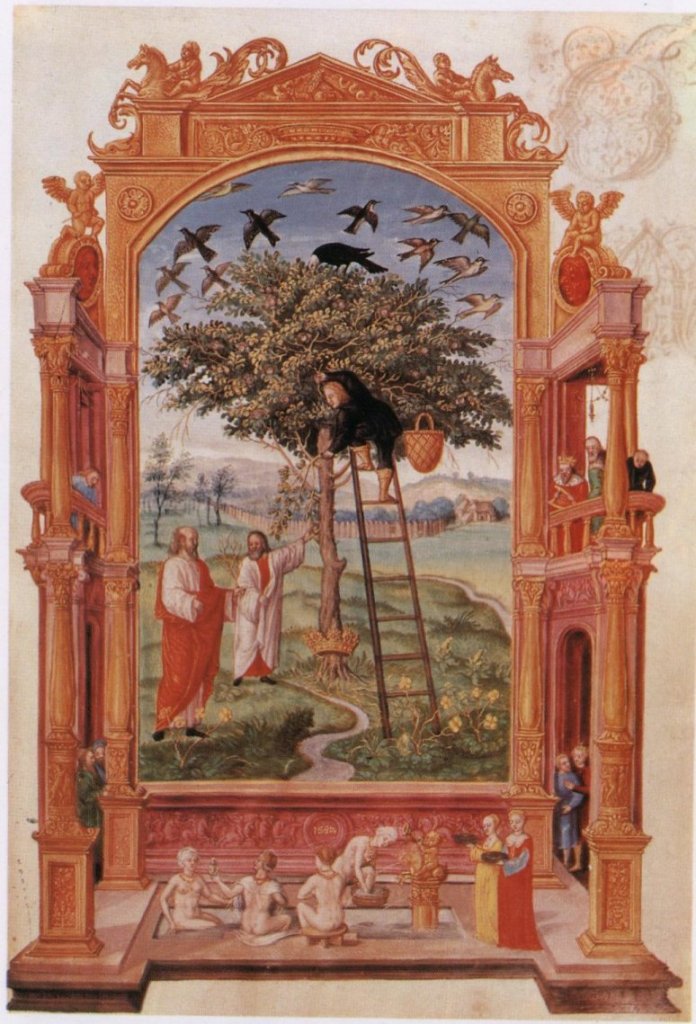I’ve just submitted my dissertation proposal for review. Click on the title below for the PDF.
Etheric Imagination in Process Philosophy From Schelling and Steiner to Whitehead
I welcome suggestions, critiques, sources, and/or extensions.
Basically, I’m doing a comparative study of the philosopher Friedrich Schelling, the esotericist Rudolf Steiner, and the mathematician and cosmologist Alfred North Whitehead. In particular, I want to interpret their respective “etheric” ontologies (Schelling’s “world-soul/universal organizing principle,” Steiner’s “etheric formative forces,” and Whitehead’s “evental ether/Creativity”) as typical of the process-relational imagination.
 The plate above, a painting of the Philosopher’s Tree, is from Splendor Solis, an alchemical treatise published by Solomon Trismosin in 1582.
The plate above, a painting of the Philosopher’s Tree, is from Splendor Solis, an alchemical treatise published by Solomon Trismosin in 1582.

Leave a reply to SFFS Cancel reply